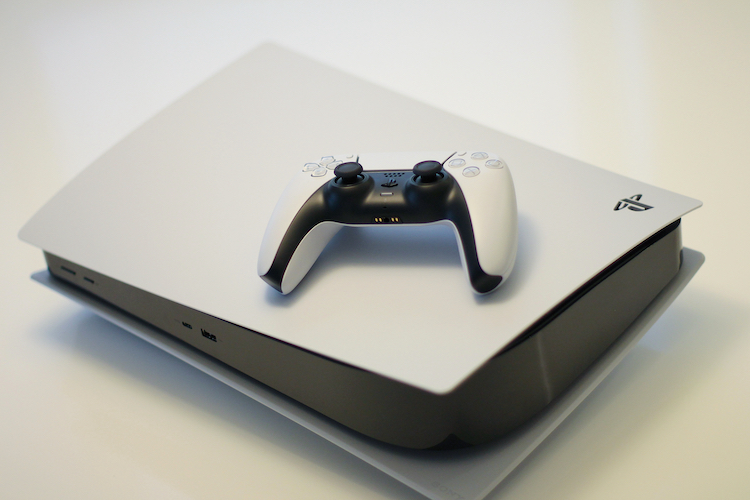For the second Christmas in a row, Sony’s PlayStation 5 (PS5) is the most sought-after current generation console; it’s practically sold out everywhere and it’s all because of its superb specs and performance. I still remember getting my own personal unit last Christmas Eve and being the envy of many a friend.

In fact, the CEO of Sony stated that the number of PS4 consoles sold during its first twelve weeks was met by the PS5 within the first twelve hours of its launch. This success is not surprising, considering that the device provides enhanced graphics, sound, speed, and feedback. These performance upgrades are made possible through the new specs packed into the PS5.
To illustrate, here’s a recap on the specs the console has to offer.
A Deep Dive into PS5’s Specifications
The PS5 guarantees a gaming experience on a whole new level by providing next-generation specs. For example, the console is equipped with a new CPU technology that contains eight cores and sixteen threads. Though the PS4 Pro also contains 8 cores, it still contains fewer threads. As such, PS5’s Zen 2 CPU can handle more data, perform more processes, and provide faster clock speeds.
In line with this, the PS5’s performance is also different because of its enhanced GPU capabilities. This new console contains a custom RDNA2 GPU with over 10.28 TFLOPs of computing power. This means that the GPU is agile enough to run on higher frequencies, allowing the other units to run on an equal bandwidth. However, these frequencies are capped at 2.23GHz, but they can drop lower due to the workload.
After all, the device’s improved performance can affect the thermal headroom and, consequently, the workload tolerance of the device. To resolve this issue, PS5 contains an internal monitor that analyzes the workload of the CPU and GPU. This internal monitor then adjusts the frequencies of the device to maintain power integrity. This ensures that the device provides the same performance level, regardless of the environment and temperature.
The Effect of the Specs on Device Performance
The Zen 2-based CPU and custom RDNA 2 GPU provide powerful computing power that can support higher resolutions. Therefore, there are games that can be played on high quality 4K resolution because the PS5 contains a 4K Blu Ray player that its predecessors lack.
Another notable improvement in the PS5’s performance is its speed. In fact, games can now run 2 to 3% faster on the PS5, as compared to the old firmware. This boost in device speed allows certain games to have increased frame rates. Thus, games like Control and Devil May Cry 5 are providing smoother transitions from one frame to another. Overall, this provides a more immersive and enjoyable gaming experience.
Finally, the improved CPU unit can also support 3D audio fidelity through the Tempest Engine. Previously, old PlayStation models could only deliver 7.1 surround audio. On the other hand, the Tempest Engine supports 50 different sound sources. This is revolutionary in game audio because the engine allows users to feel fully immersed in the game by providing crisp and accurate sounds.
Taking Things A Notch Higher with DualSense
Many game enthusiasts want to get their hands on the PS5 because it is equipped with hardware components that ensure a more enjoyable gaming experience and this is no doubt aided by the new DualSense controller that comes with the PS5.
The updated controller builds upon the success of the DualShock 4 and brings about immersive haptive feedback along with an improved speaker, all packaged in a futuristic two-tone case.
Already, games created for the console are more immersive, of higher sound quality, have better frame-rates, immersive controls and have clearer pictures.

